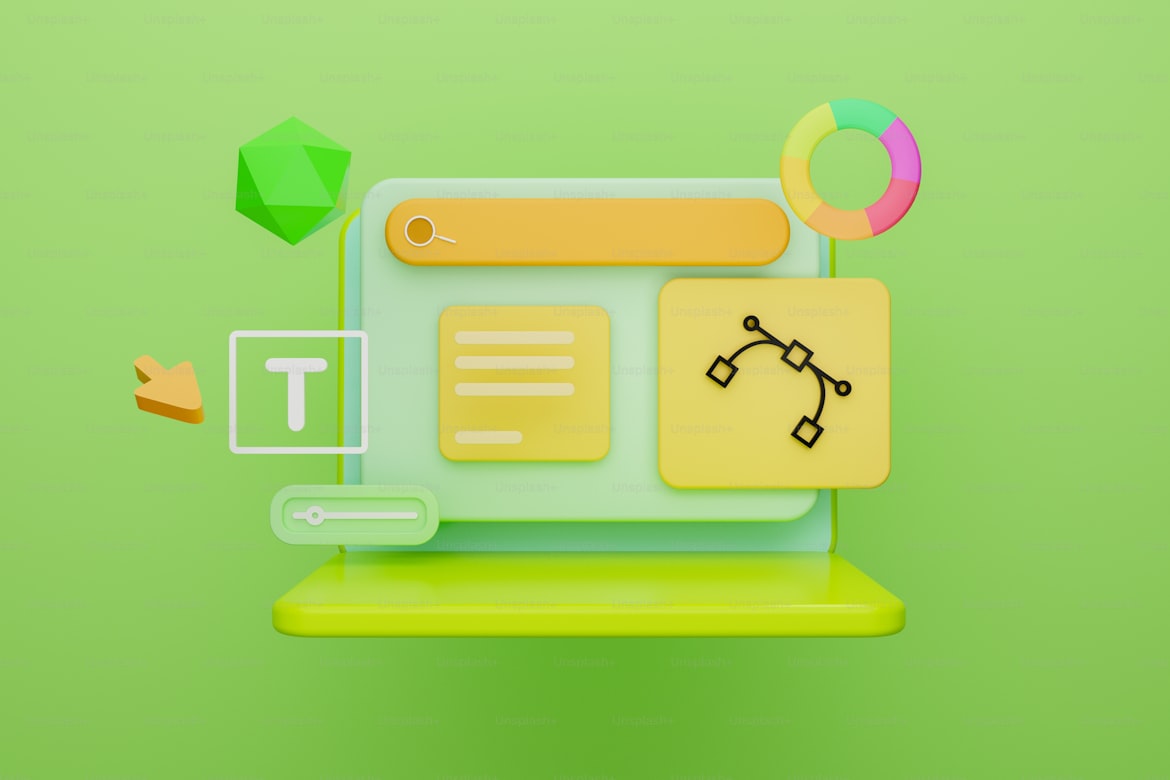Thought Record Worksheet
- April 30, 2025
- 0 Comments
The Thought Record Worksheet is a powerful tool used in Cognitive Behavioural Therapy (CBT) to help identify, track, and challenge negative thoughts. This worksheet encourages you to reflect on your automatic thoughts, recognize cognitive distortions, and generate more balanced or realistic thoughts, which can lead to improved emotional regulation and behaviour.
Here's a breakdown of a Thought Record Worksheet and how it can be used:
Thought Record Worksheet
1. Situation:
Description: Briefly describe the situation that triggered the negative thought.
Purpose: Identifying the context helps you connect your thoughts to specific situations or events.
Example: "I received feedback from my manager at work."
2. Negative Automatic Thought:
Description: Write down the automatic negative thought(s) that came to mind in response to the situation.
Purpose: This step helps identify the initial, often distorted, thought pattern.
Example: "I’m not good at my job. I always mess up."
3. Emotions:
Description: Identify and record the emotions you felt in response to the situation.
Purpose: It’s important to assess how the negative thought affects emotions, as emotions are often influenced by cognitive distortions.
Intensity: Rate the intensity of each emotion on a scale from 1 (low) to 10 (high).
Example:
Anxiety (Rating: 8/10)
Shame (Rating: 7/10)
4. Cognitive Distortion:
Description: Identify any cognitive distortions in your thought. Cognitive distortions are irrational or biased ways of thinking, such as:
All-or-Nothing Thinking: Viewing situations in black-and-white terms.
Catastrophizing: Expecting the worst-case scenario.
Overgeneralization: Making broad conclusions based on a single event.
Mind Reading: Assuming you know what others are thinking.
Purpose: This step helps you become aware of thought patterns that contribute to emotional distress.
Example: "Overgeneralization" (I always mess up, so I’m bad at my job).
5. Alternative Thought:
Description: Challenge the negative thought by coming up with a more balanced or realistic alternative thought.
Purpose: This step helps you to reframe your thinking and see the situation from a more realistic perspective.
Example: "I may have made a mistake, but I’ve also done well in the past. This feedback is just an opportunity to learn and grow."
6. New Emotions:
Description: After considering the alternative thought, note how your emotions have changed. Rate the intensity of the emotions on a scale from 1 (low) to 10 (high).
Purpose: This step helps you see the connection between changing your thoughts and the impact on their emotions.
Example:
Relief (Rating: 4/10)
Confidence (Rating: 6/10)
7. Outcome or Behavioural Change:
Description: What will you do differently now that you have challenged your negative thought?
Purpose: This encourages behavioural changes and positive actions based on more balanced thinking.
Example: "I will review the feedback, make a plan to improve, and move forward instead of dwelling on the mistake."
Complete Example of a Thought Record Worksheet
| Situation | Negative Automatic Thought | Emotions | Cognitive Distortion | Alternative Thought | New Emotions | Outcome/Behavioural Change |
| I received feedback from my manager at work. | "I’m not good at my job. I always mess up." | Anxiety (8/10), Shame (7/10) | Overgeneralization | "I may have made a mistake, but I’ve also done well in the past. This feedback is just an opportunity to learn and grow." | Relief (4/10), Confidence (6/10) | I will review the feedback, make a plan to improve, and move forward instead of dwelling on the mistake. |
Tips for Using the Thought Record Worksheet:
Be Honest: It helps to be as honest and detailed as possible when describing your thoughts and emotions. The more you can identify specific thoughts, the more effective the worksheet will be.
Practice Regularly: It may be helpful to fill out the worksheet regularly, especially when experiencing difficult emotions or thoughts. Consistent practice helps build awareness and shifts negative thinking patterns over time.
By regularly using the Thought Record Worksheet, you can learn how to identify negative thought patterns, reframe them, and improve emotional regulation, leading to healthier coping strategies and greater well-being.

